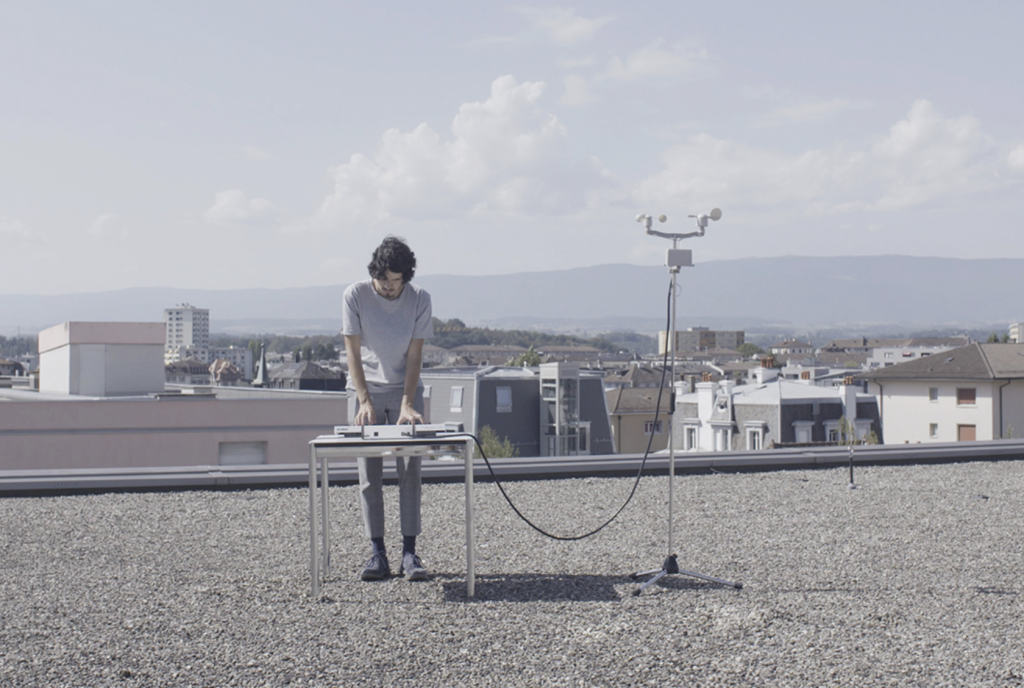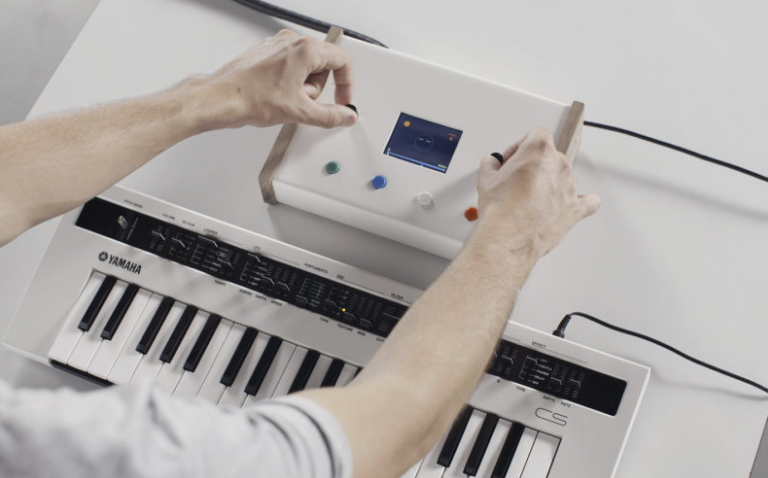In making this I was inspired by the motion artist / music producer Dedouze.
//First line art
var dx1;
var dy1;
var dx2;
var dy2;
//Second line art
var dx3;
var dy3;
var dx4;
var dy4;
//Third line art
var dx5;
var dy5;
var dx6;
var dy6;
//Fourth line art
var dx8;
var dy8;
var dx9;
var dy9;
var numLines = 50;
var numLines2 = 20;
var numLines3 = 60;
var numLines4 = 40;
function setup() {
createCanvas(400, 300);
background(100, 105, 200);
//First line art placement
line(0, 0, 0, 300);
line(0, 300, 350, 300);
//Second line art placement
line(0, 300, 150 ,300);
line(400, 300, 400, 240);
//Third line art placement
line(0, 300, 400, 300);
line(400, 300, 400, -100);
//Fourth line art placement
line(-50, 0, 0, 400);
line(450, 40, 400, -400);
//First line art deltas
dx1 = (0 - 0)/numLines;
dy1 = (300 - 0)/numLines;
dx2 = (350 - 0)/numLines;
dy2 = (300 - 300)/numLines;
//Second line art deltas
dx3 = (150 - 0)/numLines2;
dy3 = (300 - 300)/numLines2;
dx4 = (400 - 400)/numLines2;
dy4 = (240 - 300)/numLines2;
//Third line art deltas
dx5 = (400 - 0)/numLines3;
dy5 = (300 - 300)/numLines3;
dx6 = (400 - 400)/numLines3;
dy6 = (-100 - 300)/numLines3;
//Fourth line art deltas
dx7 = (0 - -50)/numLines4;
dy7 = (400 - 0)/numLines4;
dx8 = (400 - 450)/numLines4;
dy8 = (-400 - 40)/numLines4;
}
function draw() {
var x1 = 0;
var y1 = 0;
var x2 = 0;
var y2 = 300;
var x3 = 0;
var y3 = 300;
var x4 = 400;
var y4 = 300;
var x5 = 0;
var y5 = 300;
var x6 = 400;
var y6 = 300;
var x7 = -50;
var y7 = 0;
var x8 = 450;
var y8 = 400;
stroke(245, 255, 184);
for (var i = 0; i <= numLines4; i += 1) {
line(x7, y7, x8, y8);
x7 += dx7;
y7 += dy7;
x8 += dx8;
y8 += dy8;
}
stroke(254, 189, 255);
for (var i = 0; i <= numLines3; i += 1) {
line(x5, y5, x6, y6);
x5 += dx5;
y5 += dy5;
x6 += dx6;
y6 += dy6;
}
stroke(191, 255, 251);
for (var i = 0; i <= numLines; i += 1) {
line(x1, y1, x2, y2);
x1 += dx1;
y1 += dy1;
x2 += dx2;
y2 += dy2;
}
for (var i = 0; i <= numLines2; i += 1) {
line(x3, y3, x4, y4);
x3 += dx3;
y3 += dy3;
x4 += dx4;
y4 += dy4;
}
noLoop();
}![[OLD FALL 2020] 15-104 • Introduction to Computing for Creative Practice](https://courses.ideate.cmu.edu/15-104/f2020/wp-content/uploads/2021/09/stop-banner.png)




